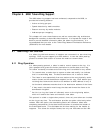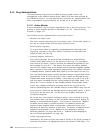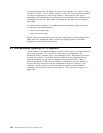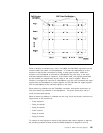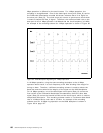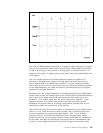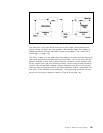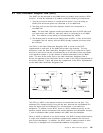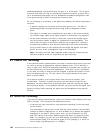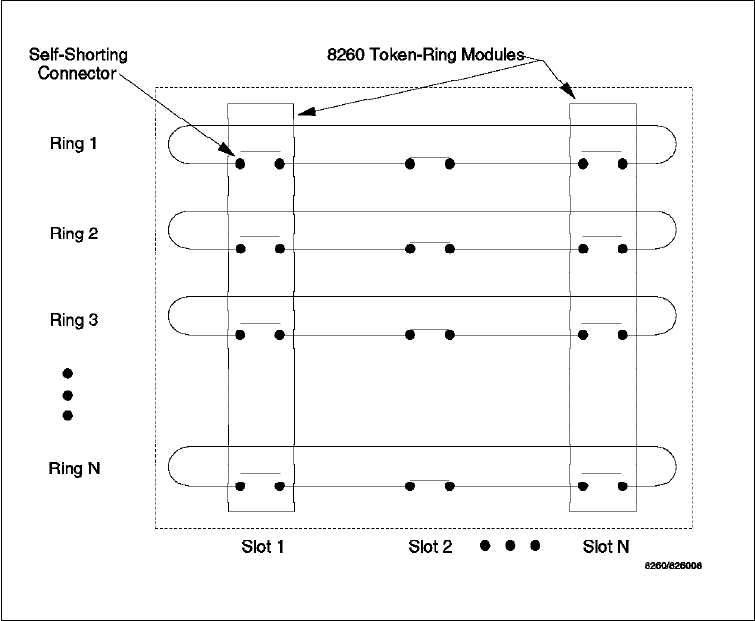
Figure 81. Self-Shorting Relays on the ShuntBus
Once a module is inserted into a slot in the 8260, the ShuntBus connector on the
module breaks the shunt on the backplane. It is then the responsibility of the
module to restore this connection by using a relay type function. When the
module is not configured to connect to a backplane ring, the relay is set such
that the backplane shunt is restored. At the same time, the signals transmitted
by the module are looped back by the relay to the receive signals. When a
module is configured to connect to a backplane ring, the relay connects the input
signals from the backplane to receive signals on the lobe and the output signals
from the backplane to the transmit signals on the lobe.
Each token-ring interface on the ShuntBus connector uses three shunt pairs to
form one token-ring network on the backplane. The three shunt pairs carry a
clock and two data signals.
When a token-ring module is inserted into the ring, the 3 shunt pairs connect to 6
signal lines on the module as:
•
Clock transmit
•
Data_A transmit
•
Data_B transmit
•
Clock receive
•
Data_A receive
•
Data_B receive
To reason for two signals for each of the transmit and receive signals is that the
bit encoding scheme utilized across the 8260 backplane to support 4 and 16
Chapter 8. 8260 Token-Ring Support 135





